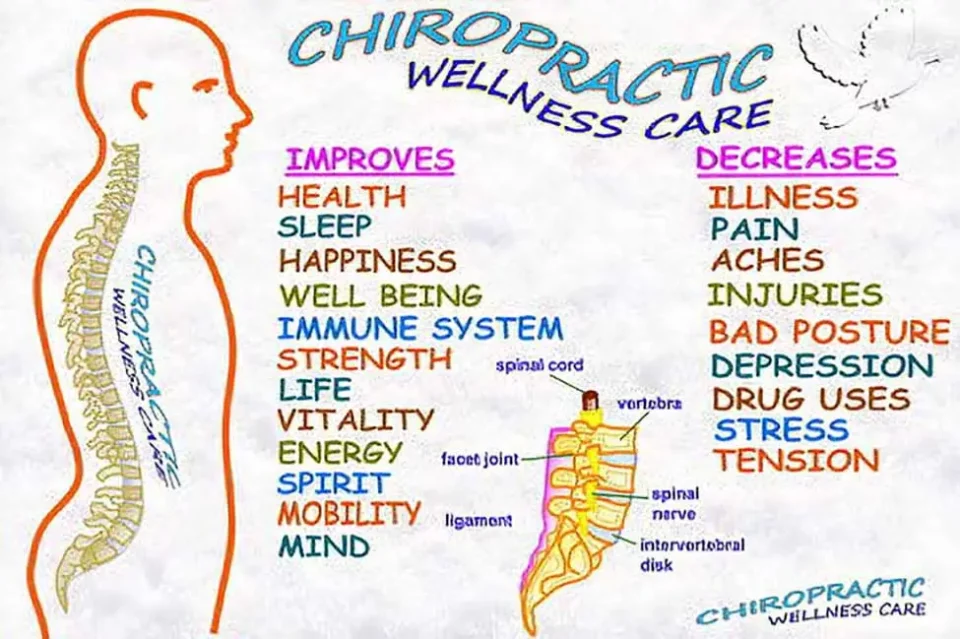The role of chiropractic care in treatment past the analysis of symptoms
Do you have the very same unpleasant injury that never appears to disappear? Are you suffering unnecessarily with pain? Are you fed up with taking painkillers? Do you want to learn what is causing your pain? If your answer is ‘yes’ to any of these questions, chiropractic care may be an option for you.
Typically, the chiropractic client goes into the office with some pain. Pain comes in different shapes and sizes, such as back pain, neck discomfort, hip discomfort, leg pain, arm discomfort, and shoulder pain. Nevertheless, all of these aches share one common thread; they are all signs. Signs inform you that something in your body has gone wrong. They act as a caution system to alert you of a more profound issue. Recovery takes place regardless of the symptom/s experienced. The quality of recovery depends upon the effectiveness of finding and addressing the cause.
Many individuals in today’s society experience discomfort due to the abnormal structure of the neuromusculoskeletal system. The neuromusculoskeletal system comprises the human frame and posture. Unusual postural structure predisposes the body’s systems to abnormal functions, resulting in an injury or chronic condition.
Modified alignment of the human frame may lead to inadequate healing and restoration of the body tissues. These architectural and pathological modifications might occur in muscle, ligament, bone, and the central/peripheral nervous system. A chiropractor strives at restoring these pathological deformations of the neuromusculoskeletal system and spine, allowing for optimum function of the human frame and nervous system.
Suitable spinal mechanics and the well-being of the whole neuromusculoskeletal system are interdependent. For that reason, chiropractic treatment focuses on repairing appropriate spine mechanics, which will, in turn, affect the function of the nervous system.
Chiropractic rehab boosts the recovery procedure and assists the body in its efforts to heal itself by controlling the long-lasting degenerative modifications in the human frame and posture.
Rehabilitative chiropractic care
Progressive and relatively distinct phases categorize the healing process. Consequently, traditional chiropractic rehabilitative care flows with these phases. This short article doesn’t intend to supply an extensive evaluation of rehabilitative chiropractic care or the healing process; instead, the objective is to highlight some important ideas in understanding how one can achieve much better health through chiropractic care.
Severe inflammatory phase
This initial phase of response to injury lasts approximately 72 hours. During this phase of recovery, care objectives are directed at minimizing the reactive inflammatory action and ultimately removing debris from the tissues. Medical management consists of chiropractic adjustments, ice, heat, a gentle series of motion exercises, and passive stretching.
Repair phase
The repair work phase lasts from 72 hr. up to 6 wk. and is characterized by the synthesis and deposition of collagen (scar formation) to restore damaged tissue. During this phase, the body’s primary issue is boosting collagen to repair damaged tissue. Nevertheless, this brand-new scar formation is not ideal and is of mechanically inferior quality. Clinical goals throughout this stage involve freeing early adhesions and maintaining muscular tone and ligamentous stability.
Renovation phase
This stage lasts from 3 wk. to 12 months or more (depending upon the seriousness of the injury), throughout which time the collagen scar is renovated to increase the function of the new tissue. The corrective goals primarily include improving the quality, orientation, and strength of the collagen. This is achieved by adjusting global body positions and posture, increasing functional capability, reducing stress/strain on injured structures, and managing disability.
So, when does the healing occur? It starts instantly after the injury and can last for over a year depending upon the intensity of the injury and the action steps taken to assist the body to heal effectively.
Addressing an injury as early as possible utilizing chiropractic care can result in the very best scenario of complete recovery. Promptly managing your chronic injuries leads to the return of a pain-free lifestyle, doing all the important things you enjoy doing.
- Troyanovich SJ, Harrison DE, Harrison DD. Structural Rehabilitation of the Spine and Posture: Rationale for Treatment Beyond the Resolution of Symptoms. JMPT 1998; 21( 1 ): 37-50.




